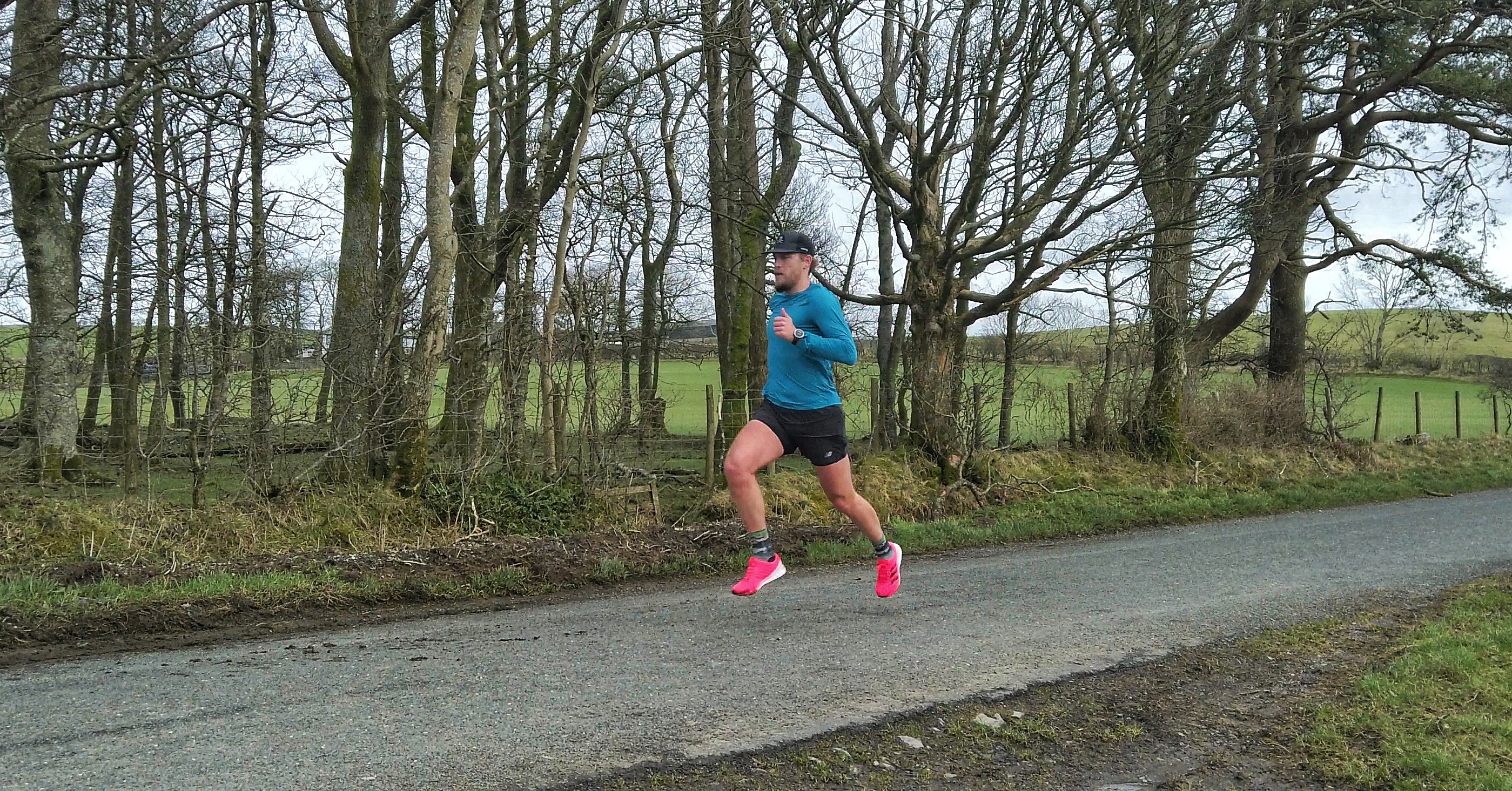Understanding your Running Paces
- Darren Haworth

- Apr 10, 2020
- 3 min read
Do just go out and RUN and just run at your natural pace?
Do you ever wonder what people are on about when they tag their Strava run a tempo run?
Are you tired of seeing your social media feeds filled with other runners boasting about their fast times and high-intensity workouts? Do you feel the pressure to keep up with the pace? It's time to take a step back and understand the importance of running at your natural pace.

As a coach, I recommend running at specific paces, rather than solely relying on heart rate. Running to feel, by using the Rate of Perceived Exertion (RPE) scale, can help you understand how hard you're working and adjust accordingly. While checking heart rate occasionally can provide helpful information, there are many other factors that can affect it on a daily basis.
Let's take a closer look at different running paces and their purposes:
Easy Pace: The name says it all – this pace should be comfortable and conversational. Many runners struggle with slowing down, fearing that they will be judged by their peers for being "slow." But running at an easy pace is crucial for building a strong foundation for more intense workouts. On the RPE scale, this should feel like a 4/10. Use easy pace runs as warm-ups, cool-downs, recovery runs, or long runs.
Marathon Pace: This is a steady pace that mimics the conditions of a marathon. It's useful for training for a marathon or as an alternative to an easy pace run for beginners on long run days. You can add marathon pace runs into your longer sessions, such as 2 x 4 miles at marathon pace. On the RPE scale, this should feel like a 5/10.
Threshold/Tempo Pace: Tempo runs are a favorite of many runners, including myself. These runs can be added to break up a long run or used as a quality session. Threshold pace is comfortably hard running for either a steady 3-4 miles or repeated runs of 5 to 15 minutes each, with 1 to 3 minutes of rest between the runs. On the RPE scale, this should feel like a 7/10. The purpose of tempo runs is to improve endurance.
Interval Pace: These quality sessions should be hard but not all-out lung-busting. Intervals are best if they involve runs of 3 to 5 minutes each (800m and 1000m workbouts are typical), with jog recoveries of similar duration. The purpose of intervals is to stress your aerobic power (VO2max). It's important to keep the duration of the intervals under 5 minutes to prevent anaerobic involvement and blood-lactate build-up. On the RPE scale, this should feel like an 8/10.
Repetition Pace: Reps are fast, but not necessarily "hard," because work bouts are relatively short and are followed by relatively long recovery bouts. Recoveries should be long enough that each run feels no more difficult than the previous run, as the purpose of reps is to improve speed and economy. On the RPE scale, this should feel like a 9/10.
All of these paces are based on your current fitness levels and should change over the course of a training plan as you get fitter, stronger, and faster. Remember to run at your natural pace and don't be afraid
Use the VDOT calculator, input your most recent race time and check out what your training paces should be. - https://runsmartproject.com/calculator/







Comments